Kitchen equipments: what are the essentials?
A mortar and a pestle, of course! These tools have been used for centuries to prepare spices in Latin American cuisine.
Kitchen equipments
But what about other popular dishes like curry or Read more
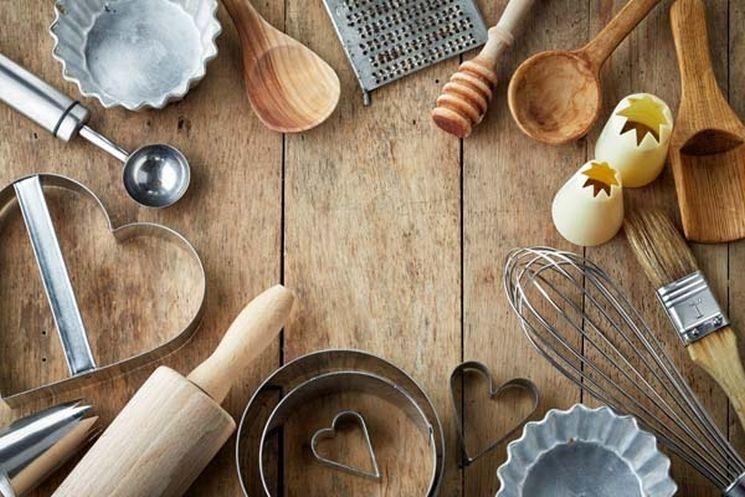
Kitchen equipments: what are the essentials?
A mortar and a pestle, of course! These tools have been used for centuries to prepare spices in Latin American cuisine.
Kitchen equipments
But what about other popular dishes like curry or Read more
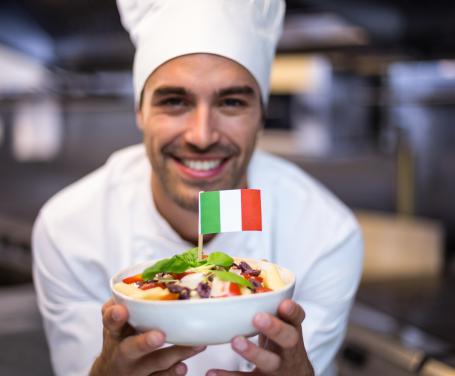
Italian cuisine. Is it to joke or maybe not? We know. Generally our palate is definitely a little too fine just to allow us to imagine changes to our most sacred holy recipes. We do not tolerate alterations and Read more
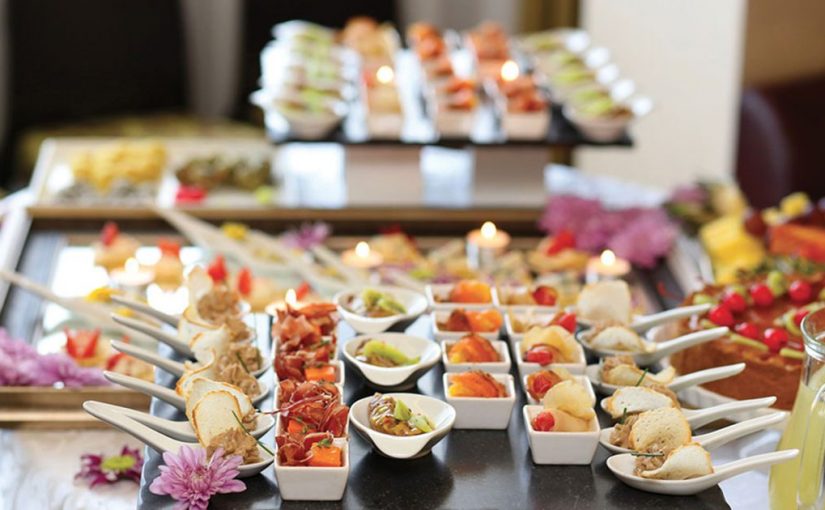
Buffet and all you can eat. The all you can eat formula of buffet dinners or eats everything you can, from America has spread everywhere.
Buffet and all you can eatYou can think of it as a fixed Read more
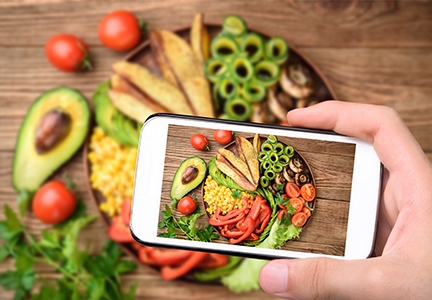
Food trends. As with fashion trends, here are the 2019 food trends. We have a return to the simple and genuine ingredients belonging to the authentic Mediterranean diet but also influences from the rest of the world.
Catering formats, Read more

Happy hour is an excellent initiative to increase the profits of your business.
A moment of those who earn more together with breakfast and lunch. Happy hour, however, requires a different type of service as, unlike breakfast and lunch, Read more
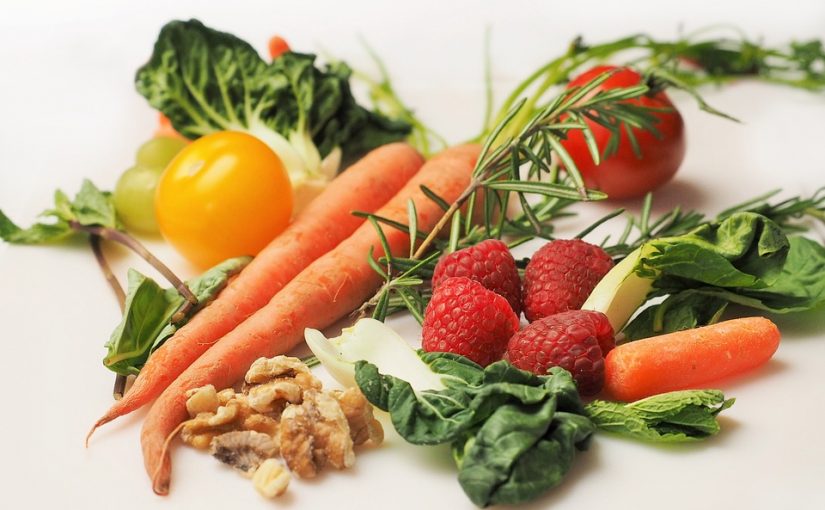
Vegan or vegetarian. According to data from Eurispes, or the Italian Research Institute, in 2018 7 percent of Italians declare themselves vegan or vegetarian. The data that interests us most is that 55 percent of respondents said they Read more
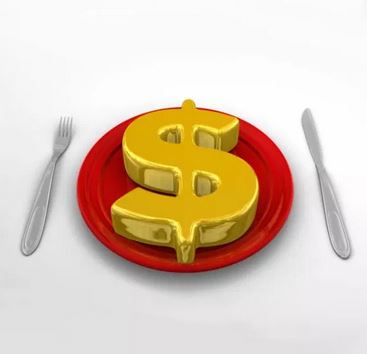
The price of food and drink must be well thought out.
The cost of food and drink in a restaurant is an important part of what you pay. A good thought goes as things should cost, and prices are carefully Read more
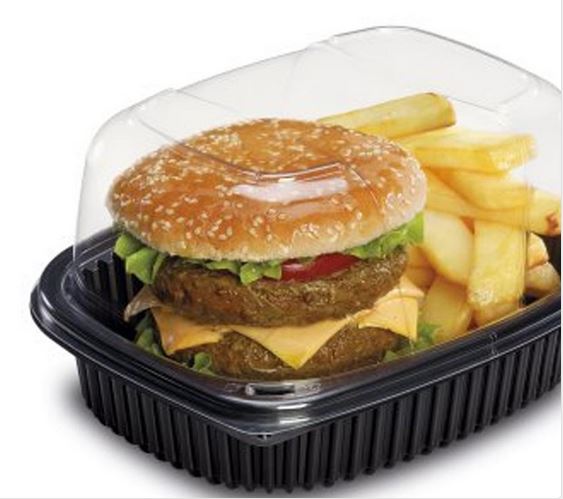
Takeout containers. The war on disposable plastic objects for the European Parliament pushes the search for biodegradable materials to be included in their warehouse and replace them with their stocks.
Starting in 2021, the sale of disposable Read more

Restaurants in Trentino Alto Adige. Trentino Alto Adige is a region located in Northern Italy, on the line with Austria and Switzerland. Its inhabitants have had a strong Austrian influence, so much so that they speak fluently both Read more
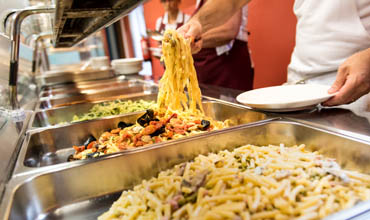
“Collective catering” means the preparation and delivery service for a large number of complete meals for the community, such as: company canteens, schools, hospitals, prisons, etc. It is aimed at groups of people who need to take Read more
